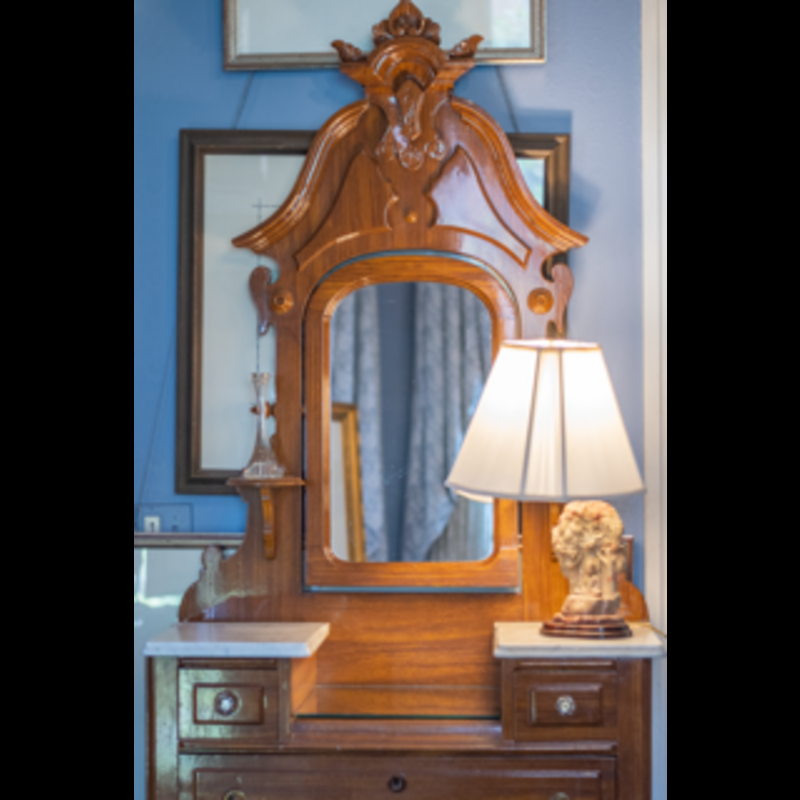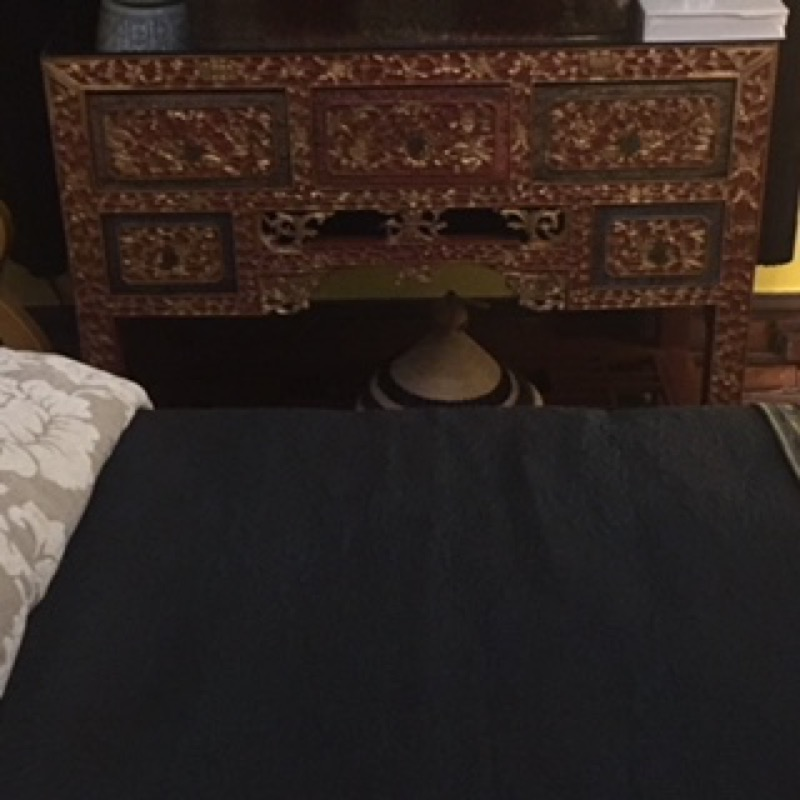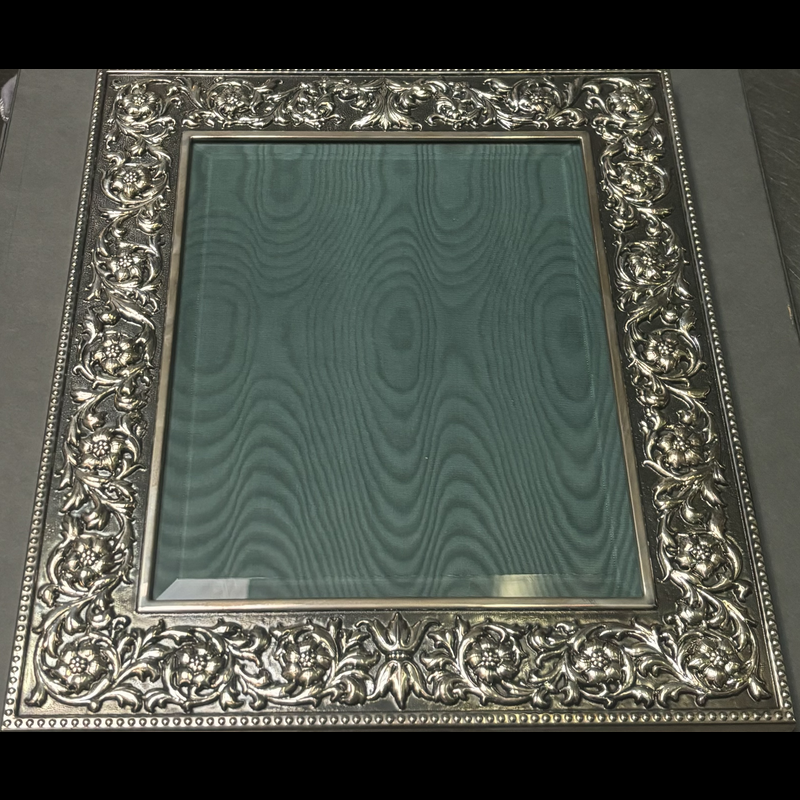Home Decor
Click on any item to learn more. Curbside pick-up available. All sales final, no returns.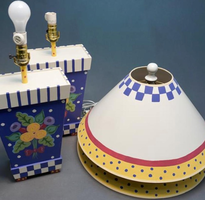 floral lamp
floral lamp$75.00
Add to Bag
priced individually
Curbside pick up available
OR
click to ask about shipping fees
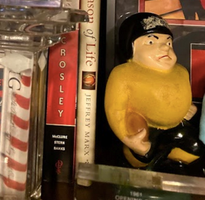 vintage Purdue Boilermaker football bank
vintage Purdue Boilermaker football bank$75.00
Add to Bag
Price includes shipping for this item.
International shipping additional.
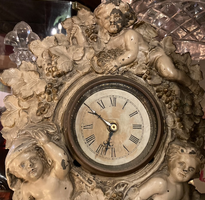 vintage angel clock
vintage angel clock$85.00
Add to Bag
Price includes shipping for this item.
International shipping additional.
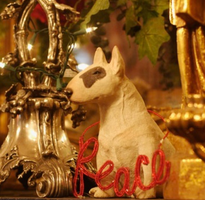 vintage dog
vintage dog$95.00
Add to Bag
Price includes shipping for this item.
International shipping additional.
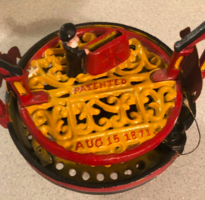 Vintage Patented 1871 Race Horse Mechanical Cast Iron Metal Bank
Vintage Patented 1871 Race Horse Mechanical Cast Iron Metal Bank$95.00
Add to Bag
Price includes shipping for this item.
International shipping additional.
Vintage mechanical, cast iron metal bank decorated with race horses. Bank was patented in 1871 and is painted with red and yellow details.
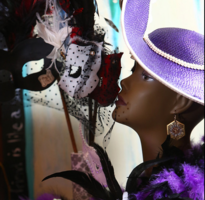 Vintage Purple Hat
Vintage Purple Hat$98.00
Add to Bag
Price includes shipping for this item.
International shipping additional.
Wide brimmed hat
Photograph courtesy of Clay Blackmore
$100.00
Add to Bag
Price includes shipping for this item.
International shipping additional.
$125.00
Add to Bag
Price includes shipping for this item.
International shipping additional.
Unique, hand-made, small, red snuff bottle. Bottle is carved with East Asian inspired designs and features a horse in the center.
Snuff is a form of powdered tobacco that is spiced with aromatic substances. It was introduced to China from Japan in the late seventeenth century. Snuff bottles were madea as a way to hold the powder.
Production reached aesthetic and technological heights during the reign of the Qianlong Emperor (1736 - 1795), who particularly appreciated the artfulness of the miniature containers.
Members of the Qianlong royal court frequently exchanged the exquisite receptacles as gifts, and by the mid-nineteenth century, snuff bottles had become mandatory items of apparel for Chinese gentlemen and those who aspired to this status.
$125.00
Add to Bag
Price includes shipping for this item.
International shipping additional.
Unique, hand-made, small, green snuff bottle. Bottle is carved with East Asian inspired garden scene and depicts two figures in the foreground.
Snuff is a form of powdered tobacco that is spiced with aromatic substances. It was introduced to China from Japan in the late seventeenth century. Snuff bottles were madea as a way to hold the powder.
Production reached aesthetic and technological heights during the reign of the Qianlong Emperor (1736 - 1795), who particularly appreciated the artfulness of the miniature containers.
Members of the Qianlong royal court frequently exchanged the exquisite receptacles as gifts, and by the mid-nineteenth century, snuff bottles had become mandatory items of apparel for Chinese gentlemen and those who aspired to this status.
$125.00
Add to Bag
Price includes shipping for this item.
International shipping additional.
Unique, hand-made, red snuff bottle. Bottle is carved with East Asian inspired garden scene and depicts a figure in the foreground working in the garden.
Snuff is a form of powdered tobacco that is spiced with aromatic substances. It was introduced to China from Japan in the late seventeenth century. Snuff bottles were madea as a way to hold the powder.
Production reached aesthetic and technological heights during the reign of the Qianlong Emperor (1736 - 1795), who particularly appreciated the artfulness of the miniature containers.
Members of the Qianlong royal court frequently exchanged the exquisite receptacles as gifts, and by the mid-nineteenth century, snuff bottles had become mandatory items of apparel for Chinese gentlemen and those who aspired to this status.
$125.00
Add to Bag
Price includes shipping for this item.
International shipping additional.
Unique, hand-made, green snuff bottle. Bottle is carved with East Asian inspired garden scene and depicts two figures in the foreground working in the garden.
Snuff is a form of powdered tobacco that is spiced with aromatic substances. It was introduced to China from Japan in the late seventeenth century. Snuff bottles were madea as a way to hold the powder.
Production reached aesthetic and technological heights during the reign of the Qianlong Emperor (1736 - 1795), who particularly appreciated the artfulness of the miniature containers.
Members of the Qianlong royal court frequently exchanged the exquisite receptacles as gifts, and by the mid-nineteenth century, snuff bottles had become mandatory items of apparel for Chinese gentlemen and those who aspired to this status.
$125.00
Add to Bag
Price includes shipping for this item.
International shipping additional.
Unique, hand-made, yellow snuff bottle. Bottle is carved with East Asian inspired scene with bird perched on tree branch.
Snuff is a form of powdered tobacco that is spiced with aromatic substances. It was introduced to China from Japan in the late seventeenth century. Snuff bottles were madea as a way to hold the powder.
Production reached aesthetic and technological heights during the reign of the Qianlong Emperor (1736 - 1795), who particularly appreciated the artfulness of the miniature containers.
Members of the Qianlong royal court frequently exchanged the exquisite receptacles as gifts, and by the mid-nineteenth century, snuff bottles had become mandatory items of apparel for Chinese gentlemen and those who aspired to this status.
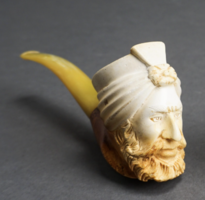 Turkish Carved Meerschaum Pipe
Turkish Carved Meerschaum Pipe$150.00
Add to Bag
Found in Music Room
Curbside pick up available
OR
click to ask about shipping fees
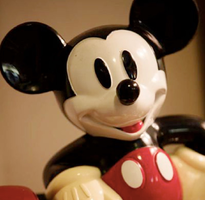 Mickey Mouse Telephone
Mickey Mouse Telephone$175.00
Add to Bag
Price includes shipping for this item.
International shipping additional.
Photograph courtesy of Cade Martin
Found in Octagon
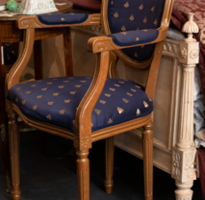 Antique Blue Bee Motif Chairs
Antique Blue Bee Motif Chairs$175.00
Add to Bag
Found in International
Curbside pick up available
OR
click to ask about shipping fees
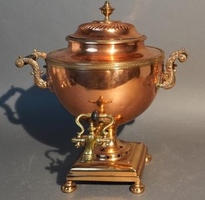 Continental Copper Pot
Continental Copper Pot$185.00
Add to Bag
Approx 18 in.
Curbside pick up available
OR
click to ask about shipping fees
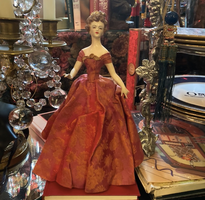 Woman In Red Porcelain
Woman In Red Porcelain$186.00
Add to Bag
Price includes shipping for this item.
International shipping additional.
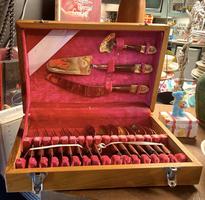 Burmese Set of Brass Utensils
Burmese Set of Brass Utensils$200.00
Add to Bag
box included
Found in Fourth Floor Kitchen
Curbside pick up available
OR
click to ask about shipping fees
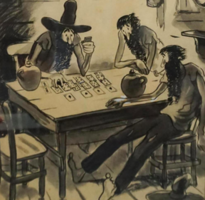 Shucks! Lets' All get some Sleep an' Tackle it Ag'in When We're Fresh
Shucks! Lets' All get some Sleep an' Tackle it Ag'in When We're Fresh$200.00
Add to Bag
Shucks! Lets' All get some Sleep an' Tackle it Ag'in When We're Fresh
By Paul Webb (American b 1902)
Charcoal and Crayon
22-1/2 x 1
Curbside pick up available
OR
click to ask about shipping fees
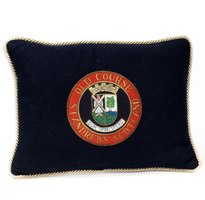 Vintage Golf Themed Pillow Old Course St. Andrews
Vintage Golf Themed Pillow Old Course St. Andrews$200.00
Add to Bag
Embroidered Gold Bullion Old Course St. Andrews Scotland
Curbside pick up available
OR
click to ask about shipping fees
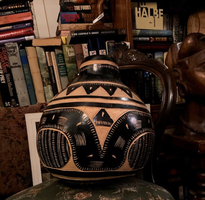 African Gord
African Gord$225.00
Add to Bag
Price includes shipping for this item.
International shipping additional.
Collectors Item
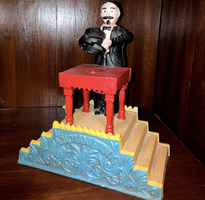 American Bank The Magician Metal Bank
American Bank The Magician Metal Bank$225.00
Add to Bag
Price includes shipping for this item.
International shipping additional.
Vintage
Found in Ballroom
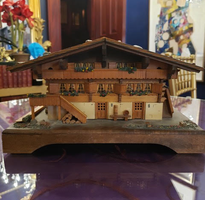 Vintage Swiss Chalet
Vintage Swiss Chalet$250.00
Add to Bag
Price includes shipping for this item.
International shipping additional.
Vintage box shaped like a Swiss Chalet. Roof is hinged to reveal mechanism inside. Chalet is wooden with small red, yellow, or green details on window trimmings. Model also includes minature kindling, stairs, benches, and chairs.
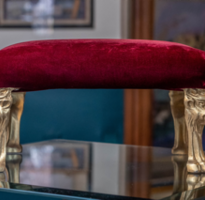 Red Velvet Footstool
Red Velvet Footstool$250.00
Add to Bag
Curbside pick up available
OR
click to ask about shipping fees
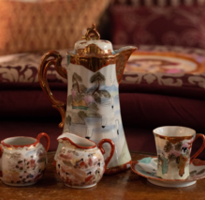 Red and Gold Tea Set
Red and Gold Tea Set$285.00
Add to Bag
Curbside pick up available
OR
click to ask about shipping fees
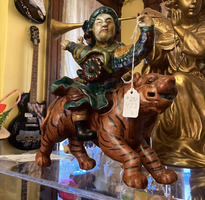 rare porcelain
rare porcelain$290.00
Add to Bag
Price includes shipping for this item.
International shipping additional.
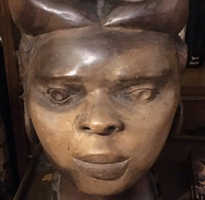 Hand Carved Sculpture
Hand Carved Sculpture$300.00
Add to Bag
Price includes shipping for this item.
International shipping additional.
$300.00
Add to Bag
Curbside pick up available
OR
click to ask about shipping fees
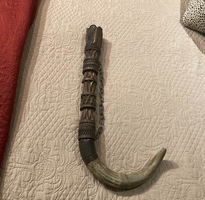 African Artifact Collectors Item
African Artifact Collectors Item$325.00
Add to Bag
Price includes shipping for this item.
International shipping additional.
Handcrafted
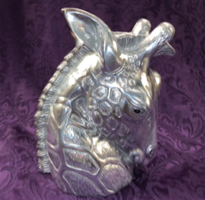 Arthur Court Unicorn Head Pitcher
Arthur Court Unicorn Head Pitcher$325.00
Add to Bag
Price includes shipping for this item.
International shipping additional.
Rare
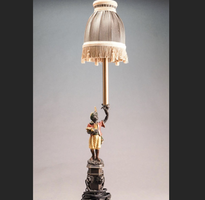 Blackamoor Candlestick Mounted Lamp
Blackamoor Candlestick Mounted Lamp$350.00
Add to Bag
venetian Style Cold Painted Metal 'Blackamoor" Candlestick Mounted as Lamp. H: 35 inches
Curbside pick up available
OR
click to ask about shipping fees
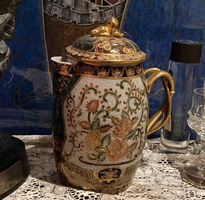 Asian Gold And Inlay Chocolate Pot
Asian Gold And Inlay Chocolate Pot$350.00
Add to Bag
Price includes shipping for this item.
International shipping additional.
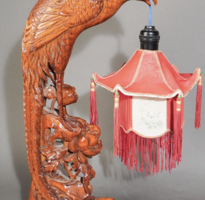 Unique Japanese Carved Wood Bird-Form Table Lamp
Unique Japanese Carved Wood Bird-Form Table Lamp$375.00
Add to Bag
Beautiful Japanese carved bird lamp with red and white lampshade. H: 19 In.
Curbside pick up available
OR
click to ask about shipping fees
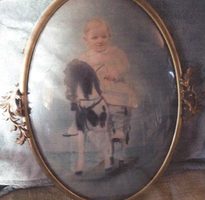 Boy on Hobby Horse
Boy on Hobby Horse$400.00
Add to Bag
Price includes shipping for this item.
International shipping additional.
 Sword With Decorative Sheath
Sword With Decorative Sheath$425.00
Add to Bag
Price includes shipping for this item.
International shipping additional.
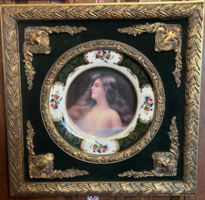 Vintage Mounted Plate
Vintage Mounted Plate$425.00
Add to Bag
Price includes shipping for this item.
International shipping additional.
Beautiful vintage mounted plate.
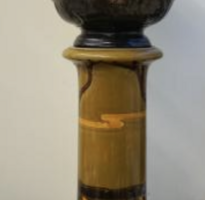 American Glazed Pottery Jardiniere On Stand
American Glazed Pottery Jardiniere On Stand$425.00
Add to Bag
H: 33 In. (83.8 Cm.).
Curbside pick up available
OR
click to ask about shipping fees
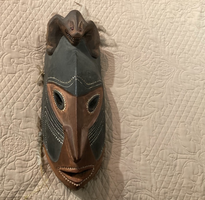 african mask
african mask$450.00
Add to Bag
Price includes shipping for this item.
International shipping additional.
wearable (although wooden)
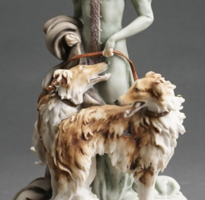 After Giuseppe Armani (1936 - 2006), Capodimonte Composition Figure Of Woman With Wolfhounds
After Giuseppe Armani (1936 - 2006), Capodimonte Composition Figure Of Woman With Wolfhounds$475.00
Add to Bag
H: 16 In. (40.6 Cm.).
Curbside pick up available
OR
click to ask about shipping fees
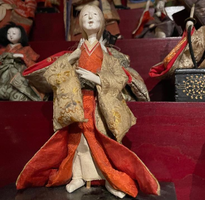 Antique Japanese Doll
Antique Japanese Doll$475.00
Add to Bag
Price includes shipping for this item.
International shipping additional.
Antique Japanese Doll
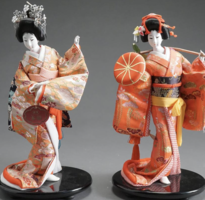 Pair of Japanese Wood Dolls
Pair of Japanese Wood Dolls$475.00
Add to Bag
Price includes shipping for this item.
International shipping additional.
Pair of Japanese Embroidered Silk and Painted Wood Dolls on Black Lacquer Bases. Taller 13 1/2”.
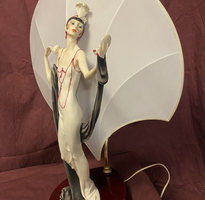 G. Armani Art Deco Lamp
G. Armani Art Deco Lamp$500.00
Add to Bag
Curbside pick up available
OR
click to ask about shipping fees
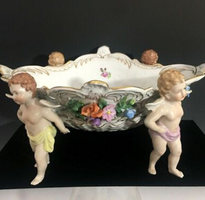 4 Cupids Centerpiece Bowl
4 Cupids Centerpiece Bowl$550.00
Add to Bag
Price includes shipping for this item.
International shipping additional.
Dresden Fine Chine by Carl Thieme Putti
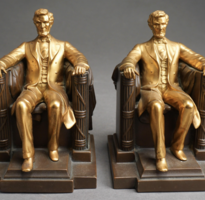 Daniel French (American 1850 - 1931), Pair Patinated Metal Lincoln Memorial-Form
Daniel French (American 1850 - 1931), Pair Patinated Metal Lincoln Memorial-Form$550.00
Add to Bag
Bookends, Manufactured By Jennings Bros. Mfg. Co, H: 7 1/2 In. (19.1 Cm.)
Curbside pick up available
OR
click to ask about shipping fees
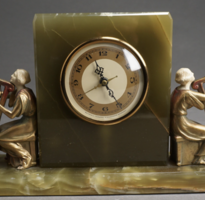 Whitehall-Hammond Art Nouveau Style Onyx And Patinated Metal Figural Mantle Clock
Whitehall-Hammond Art Nouveau Style Onyx And Patinated Metal Figural Mantle Clock$650.00
Add to Bag
H: 8 1/4 In. (21 Cm.)
Curbside pick up available
OR
click to ask about shipping fees
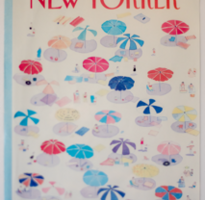 Framed The New Yorker Cover
Framed The New Yorker Cover$750.00
Add to Bag
1987 copy of The New Yorker magazine.
Curbside pick up available
OR
click to ask about shipping fees
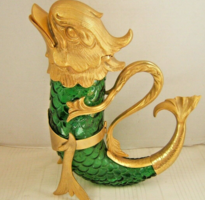 Claret Gold Dore and Green Glass Dolphin Decanter
Claret Gold Dore and Green Glass Dolphin Decanter$750.00
Add to Bag
Price includes shipping for this item.
International shipping additional.
Beautiful rare gold and green Claret dolphin pitcher from 1900-1940.
It has a gold dore finish over metal and
It measures 11 ½” high and 9” wide.
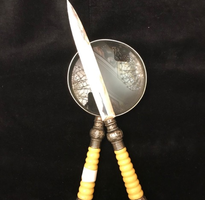 Reading Set
Reading Set$750.00
Add to Bag
Price includes shipping for this item.
International shipping additional.
Magnifying glass and letter opener
Silver & Ivory
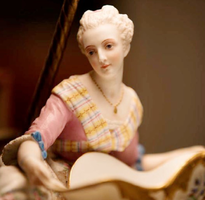 Martha Washington Lamp
Martha Washington Lamp$750.00
Add to Bag
This lamp matches the George Washington Lamp
Photograph courtesy of Cade Martin
Curbside pick up available
OR
click to ask about shipping fees
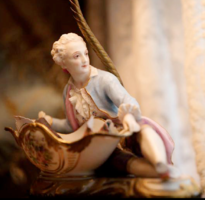 George Washington Lamp
George Washington Lamp$750.00
Add to Bag
This lamp matches the Martha Washington Lamp
Photograph courtesy of Cade Martin
Curbside pick up available
OR
click to ask about shipping fees
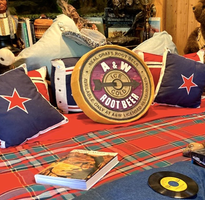 A and W Rare Vintage Wooden Handcarved Sign
A and W Rare Vintage Wooden Handcarved Sign$800.00
Add to Bag
Curbside pick up available
OR
click to ask about shipping fees
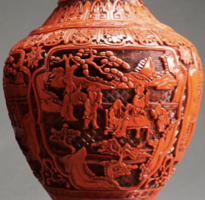 Chinese Cinnabar Vases
Chinese Cinnabar Vases$850.00
Add to Bag
H: 20 In. (50.8 Cm.).
Curbside pick up available
OR
click to ask about shipping fees
 Dresser with Vanity
Dresser with Vanity$850.00
Add to Bag
Curbside pick up available
OR
click to ask about shipping fees
 Hand Carved Dresser
Hand Carved Dresser$850.00
Add to Bag
Beautiful Asian hand carved five drawer dresser with gold inlay and mirror top.
Curbside pick up available
OR
click to ask about shipping fees
$900.00
Add to Bag
Price includes shipping for this item.
International shipping additional.
Ceramic Olla Casas Grandes Culture, cbihuahua, Mexico c. 1300
Chihuahua Redware, Babicora Polychrome, Medio Period. Long sloping shoulders with a rounded base. Geometric designs in red and black on cream slip with multiple parallel lines in black around center of body. Babicora was found south of the main Cases Grandes center at Plauemine. Fine Condition 5 3/8 in x 7 in
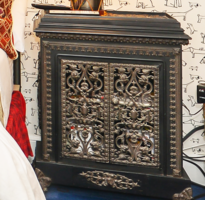 Wrought Iron Oven Night Stand
Wrought Iron Oven Night Stand$900.00
Add to Bag
Unique vintage wrought iron oven night stand.
Curbside pick up available
OR
click to ask about shipping fees
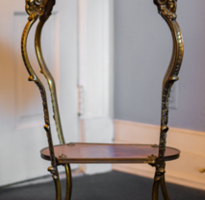 Antique End Tables
Antique End Tables$950.00
Add to Bag
Curbside pick up available
OR
click to ask about shipping fees
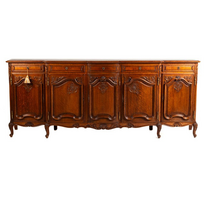 Five Paneled Cabinet
Five Paneled Cabinet$1150.00
Add to Bag
20th century, shaped front, parquetry top, molded edge, five short drawers and five paneled cabinet doors on scroll feet, 42 in. H, 108 in. L, 23 in. D
Curbside pick up available
OR
click to ask about shipping fees
$1200.00
Add to Bag
Price includes shipping for this item.
International shipping additional.
$1250.00
Add to Bag
Price includes shipping for this item.
International shipping additional.
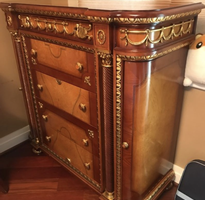 Mahogany Cabinet
Mahogany Cabinet$1250.00
Add to Bag
45 h 18 d 48 wide
Curbside pick up available
OR
click to ask about shipping fees
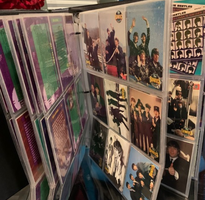 Vintage Beatles Cards In Book
Vintage Beatles Cards In Book$1400.00
Add to Bag
Price includes shipping for this item.
International shipping additional.
'Beatles' Sports Time' and 'The Beatles Collection' Collectible Card sets. Pristine condition.
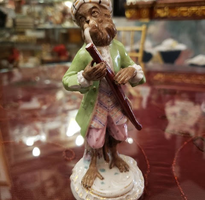 Meissen Style Porcelain Monkey Bandmate
Meissen Style Porcelain Monkey Bandmate $1400.00
Add to Bag
Price includes shipping for this item.
International shipping additional.
Meissen-style monkey figurine dressed in 18th century atire: pink and purple suit with green jacket and matching headpiece. The monkey is holding a bassoon. It is part of a larger collection that includes the rest of the band.
This piece is part of the singerie genre, which was a satire movement that was at it's height in the mid-18th century. The name is derived from the French words for "Monkey Trick" and often depicted monkeys or apes dressed in human clothes and participating in human activities
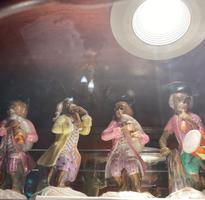 Meissen style porcelain monkey band
Meissen style porcelain monkey band$1400.00
Add to Bag
Price includes shipping for this item.
International shipping additional.
priced individually
$1400.00
Add to Bag
Price includes shipping for this item.
International shipping additional.
$1400.00
Add to Bag
Price includes shipping for this item.
International shipping additional.
Meissen-style monkey figurine dressed in 18th century atire: pink and yellow suit with blue jacket and matching hat. The monkey is holding a violin. It is part of a larger collection that includes the rest of the band.
This piece is part of the singerie genre, which was a satire movement that was at it's height in the mid-18th century. The name is derived from the French words for "Monkey Trick" and often depicted monkeys or apes dressed in human clothes and participating in human activities.
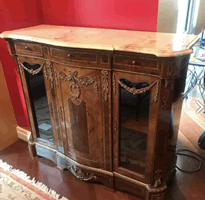 Mahogany Marble Top Cabinet
Mahogany Marble Top Cabinet$1450.00
Add to Bag
41 1/2 h 19d 51.5 wide
Curbside pick up available
OR
click to ask about shipping fees
 Buccelatti Sterling Silver Frame
Buccelatti Sterling Silver Frame$1550.00
Add to Bag
The frame is 11 3/4" x 13 7/8"
Curbside pick up available
OR
click to ask about shipping fees
$1800.00
Add to Bag
Curbside pick up available
OR
click to ask about shipping fees
 French Partner Desk
French Partner Desk$1800.00
Add to Bag
Beautiful turn of the century partner desk. Leather insets with removable glass top.
Chairs not included.
Curbside pick up available
OR
click to ask about shipping fees
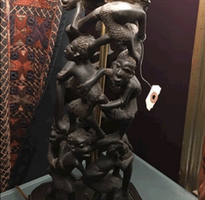 African Lamp of Life
African Lamp of Life$1800.00
Add to Bag
hand carved. Found in Safari Room
Curbside pick up available
OR
click to ask about shipping fees
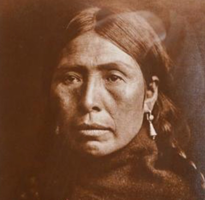 Edward Curtis, Rare Native American Indian Portrait
Edward Curtis, Rare Native American Indian Portrait$2200.00
Add to Bag
Price includes shipping for this item.
International shipping additional.
This photograph is entitled “Lummi Type” and was photographed by Edward Curtis around 1899. Curtis was a famed photographer of the late 20th century known for his photographs of Native American people and their communities. This particular portrait shows one of Curtis’ themes of photographing Native women wrapped in blankets to show the importance of blankets to Native cultures.
This photograph appeared in "The North American Indian: Being a Series of Volumes Picturing and Describing the Indians of the United States and Alaska, Vol. 9, Written, Illustrated, and Published by Edward S. Curtis"
Photogravure, Framed: Imgage 17 1/4 x 13 1/4 inches
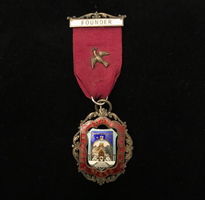 Founder Brooch
Founder Brooch$2400.00
Add to Bag
Price includes shipping for this item.
International shipping additional.
$2500.00
Add to Bag
First Edition First Slate
Publisher: Chapman & Happ, London
Binding: Half leather
Illustrator: Seymour R, Phiz & Buss
1837
Charles Dickin’s first novel issued in 20 monthly numbers beginning in March of 1836 and ending of November of 1837. It in large part helped to phenominize serial publications as it was one of England’s first big hits of the kind.
Curbside pick up available
OR
click to ask about shipping fees
$3200.00
Add to Bag
Price includes shipping for this item.
International shipping additional.
Mexico, 1300 A.D.
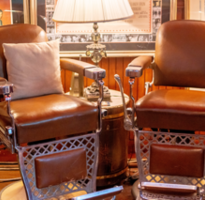 Barber Chairs
Barber Chairs$4500.00
Add to Bag
Found in Billiards Room
Curbside pick up available
OR
click to ask about shipping fees
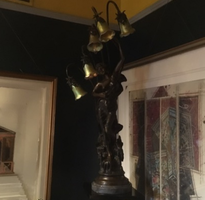 Bronze victorian lamp and sculpture
Bronze victorian lamp and sculpture$4700.00
Add to Bag
Needs rewiring
Curbside pick up available
OR
click to ask about shipping fees
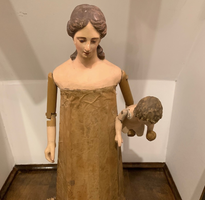 madonna with child vintage
madonna with child vintage$4800.00
Add to Bag
Price includes shipping for this item.
International shipping additional.
Second, close up photograph courtesy of Cade Martin
Found in Fifth Dimension
$5000.00
Add to Bag
Curbside pick up available
OR
click to ask about shipping fees
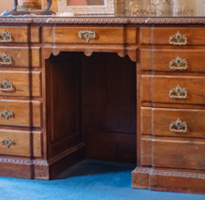 Antique Wooden Desk
Antique Wooden Desk$10000.00
Add to Bag
Curbside pick up available
OR
click to ask about shipping fees
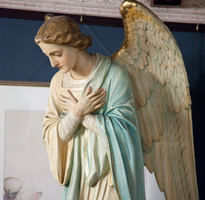 Angel Statue 2
Angel Statue 2$22000.00
Add to Bag
First photograph courtesy of Isaac HH
Curbside pick up available
OR
click to ask about shipping fees

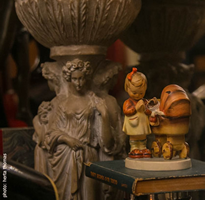
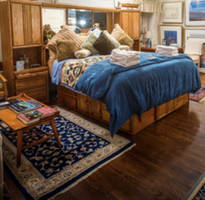
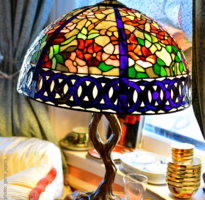
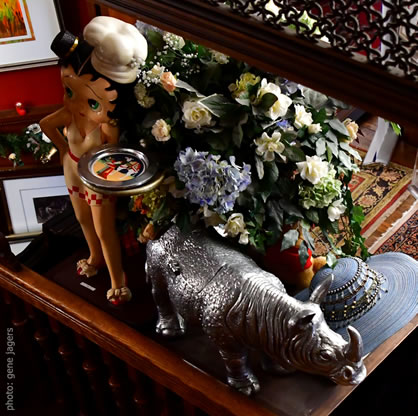
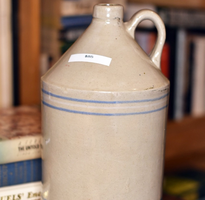 Jug
Jug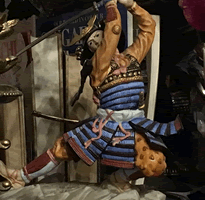 Warrior
Warrior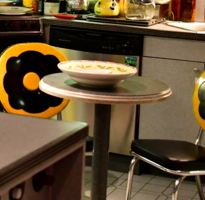 Corian Table
Corian Table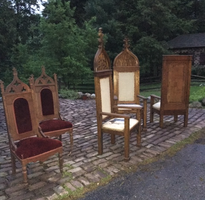 Chairs for a King
Chairs for a King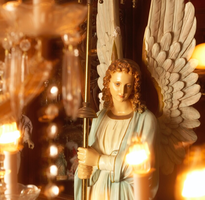 Angel Lamp
Angel Lamp
















































